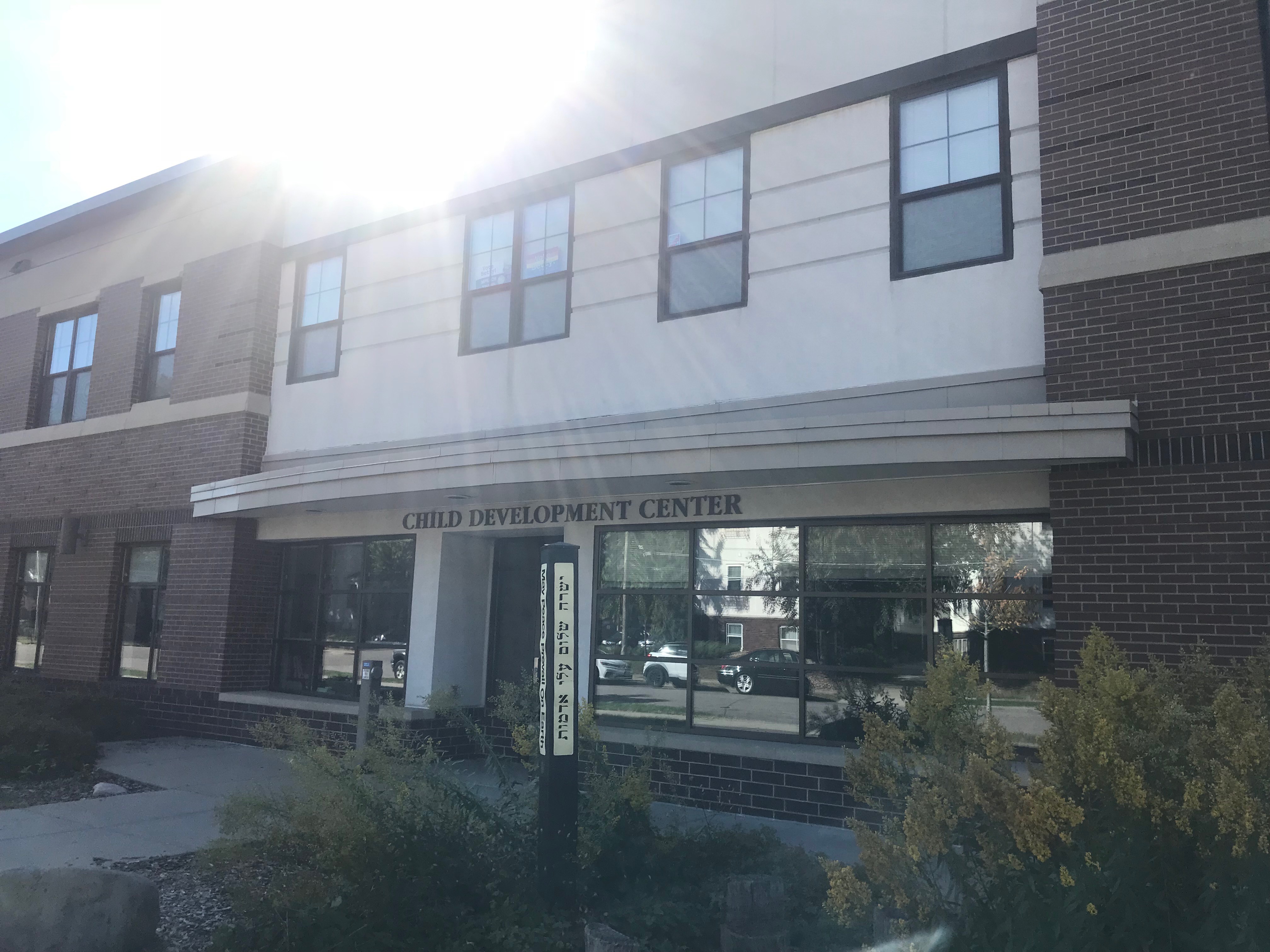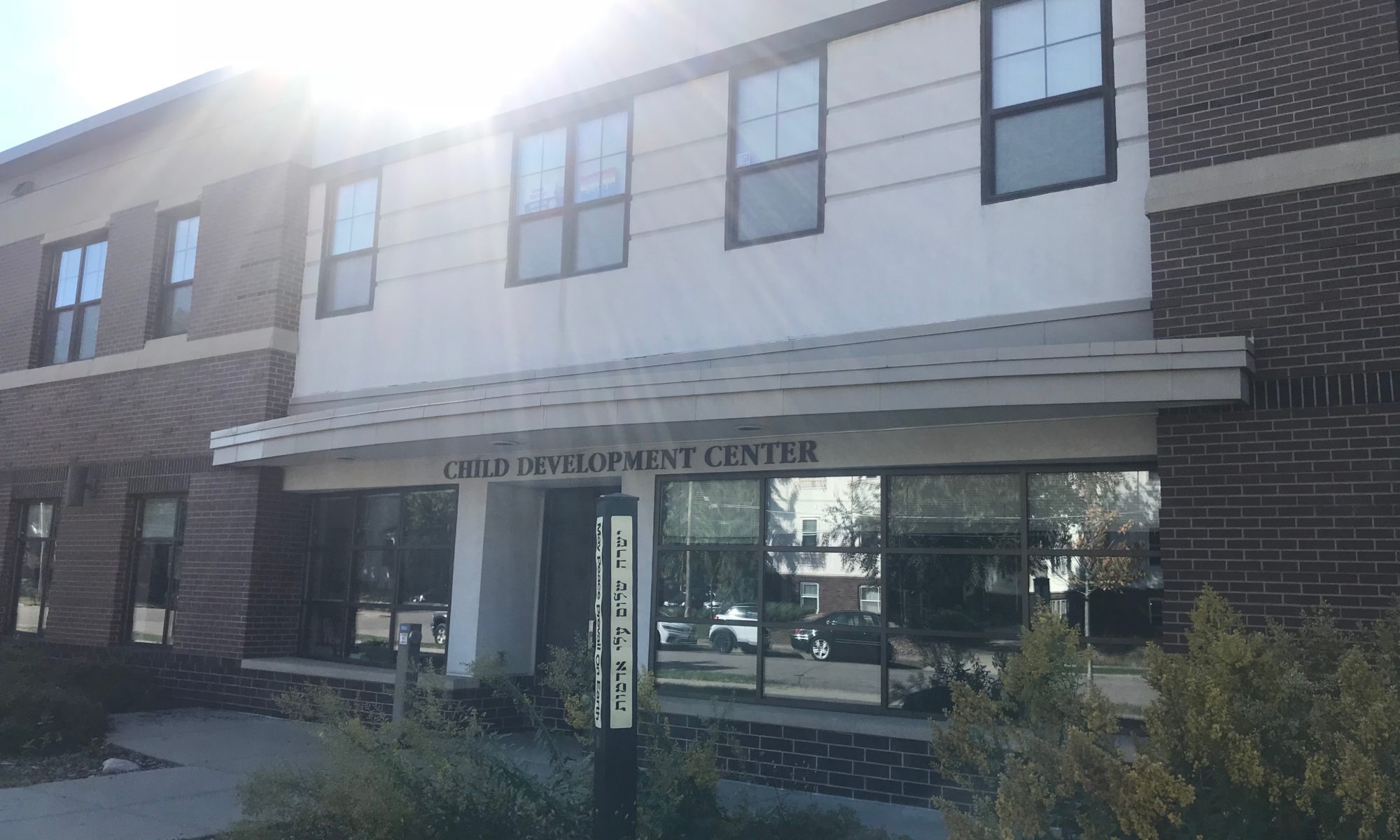
The Child Development Center’s impending closure and replacement by The Center for Well-Being has stirred up negative reactions from students, employees and families.
President Julie Sullivan sent an email the morning of Sept. 13 announcing the CDC will close at the end of the school year and The Center for Well-Being will open fall 2019.
Health, Wellness and Counseling Director Madonna McDermott said in promotional materials for the center that mental health services are critical for student development.
“For our students to succeed academically and live happy, productive lives, it is imperative that we proactively care for their health and well-being,” she said.
The Center for Well-Being will combine health services, counseling and psychological services, the wellness center and violence prevention and awareness. Promotional materials for the center reported a 400 percent increase in mental health-related appointments in the last two years through health services. The center is an attempt to remove barriers, consolidate mental and physical care and promote healthy behavior.
The CDC, located on Finn Street, opened more than 20 years ago to care for the children of students, faculty, staff and community members, Student Affairs Vice President Karen Lange wrote in an email. The center employs 12 childcare professionals and 35 student workers who care for 68 children.
The closing of the center will affect students living in the residence hall above the Child Development Center, along with families and university classes that use the CDC.
The decision has met an emotional reaction.
“I’ve had multiple parents who work here stopping by my office and crying,” Allison Jessee said. “It’s just a really special, singular place.”
Jessee is a psychology and family studies professor who uses the CDC for a developmental psychology course. She also has two children who are cared for at the center.
In addition to Jessee’s psychology classes, the engineering and business departments have used the CDC for educational and collaborative purposes.
“The fact that we have this amazing center on campus allows these students to be able to do that in a course over a semester, which they otherwise would not be able to do,” Jessee said.
Parents and staff were not informed of this change until the night before Sullivan’s email, Jessee said. Student employees learned about the decision from the same campus-wide email.
“What I’ve been told is they wanted to tell staff first, tell parents and then tell the university,” Jessee added. “Staff and families at the CDC were not involved in the decision and were not told about it until the decision had been finalized.”
Lange did not comment on the timing of the decision.
“It seemed very abrupt,” said Amanda Natoli, a sophomore psychology major and student worker at the CDC.
The day after the decision came out, Natoli was working the morning shift at the center.
“The teacher that was in my room and the teacher that was across from my room, they were all crying,” she said. “When parents were coming in, they were all making sure that the teachers were OK.”
Despite concerns, Lange believes the university’s decision was a good one.
“I have heard from many of our students the need for more support and resources around mental health,” Lange wrote in an email.
Natoli said while it’s important to have a facility dedicated to mental health, using the CDC wasn’t the best choice.
“Obviously it’s really good that they want to make it a mental health place,” she said. “All these buildings that have no purpose could easily be turned into one like this. The CDC is a building that has a clear purpose. It is dumb that they’re taking that away to build it.”
The center offers high-quality, evidence-based care provided by teachers with many years of experience, Jessee said.
“It’s great for the students to see what high-quality child care looks like, and a lot of our students go on to be leaders in child care and early child care education.”
St. Thomas alumna Margaret Skogmo, the director of Discovery Days preschool in Lowry, Minnesota, has worked the lessons she learned as a student worker at the center into her practice today.
“They just molded me perfectly to know what early childhood education is, and how to do it appropriately and do it well and meet the needs of kids and families,” Skogmo said. “I learned really good skills in how to talk to people through tough things.”
The CDC is not only provider of child care, but also serves as a residence hall. Apartment Coordinator Madi Miller lives on the second floor with 16 residents, the maximum capacity for that hall. The residents of the CDC did not find out about the change, much like student workers, until Sullivan’s email was sent out.
“I had about, knowingly, six residents that were planning on living there again,” Miller said. “With the largest incoming freshman class coming in this year… I think taking away residence halls isn’t the best idea.”
Lange understands the concern for maximizing space on campus.
“This was a very difficult decision and space, of course, is really constrained,” Lange wrote in an email.
Skogmo is a member of Save UST CDC, a group dedicated to finding a compromise that keeps child care services in place while also recognizing the importance of The Center for Well-Being. An anonymous testimonial on the group’s website expressed concern over the closing of the center.
“Although I admire St. Thomas’s concern for the well-being of its students, closing the Child Development Center compromises the well-being of the center’s children,” the testimonial said. “There must be other solutions that serve both groups.”
Emily Haugen can be reached at haug7231@stthomas.edu




High quality childcare from caring, connected adults is one of the best predictors of mental health and academic success. While you don’t know if the children of your center will be UST college students, you can be assured that the quality and care provided here is cementing a healthy foundation for future college students, whether they be Tommies. If UST is for the Common Good, then providing early childhood education is one the best ways to demonstrate this. Is UST really for the common good, including kids, or are you just kidding?
As a psychologist I was shocked to hear how this decision and how this was handled. I agree the mental health and well being of the students is important but at the expense of the children, parents, and faculty involved? Seriously? I would go into research based arguments but it seems it’s a done deal which is unfortunate. The fact that this was decided without open discussions is concerning, and alarming at the same time. I’m not a fan of the president of the school. I haven’t liked her positions on a lot of things- this is yet another. This school has so much money and there is no reason another site couldn’t accommodate a well being center.
There is more to this story.